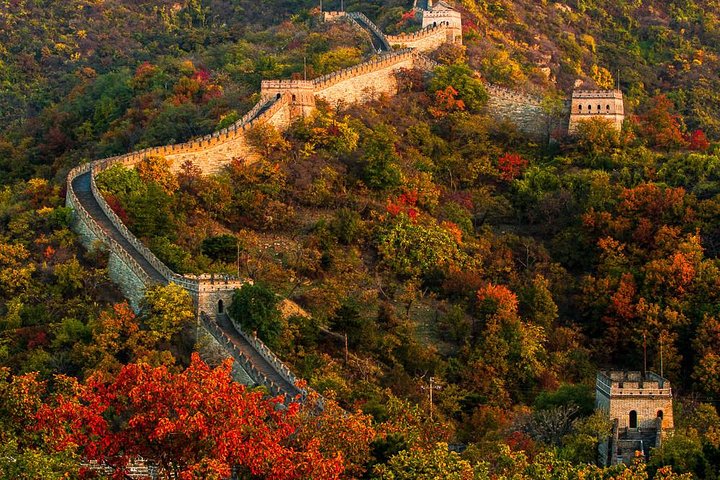Exploring the Timeless Majesty of Beijing’s Ming Tombs
Eager to explore the rich history of the Ming Dynasty, I embarked on a journey to the UNESCO-listed Ming Tombs in Beijing. Join me as I delve into the past and uncover the stories of emperors and their grand burial sites.
A Journey Through Time: The Ming Tombs
As I embarked on my journey to the Ming Tombs, I was filled with a sense of anticipation and reverence. The Ming Tombs, a UNESCO World Heritage site, are a testament to the grandeur and historical significance of the Ming Dynasty. Nestled in the serene Changping District, about 50 kilometers northwest of Beijing, these tombs are the final resting place of 13 emperors of the Ming Dynasty. The journey began with a drive past the iconic Olympic Park, where the modern architectural marvels of the National Stadium and Water Cube stood in stark contrast to the ancient history I was about to explore.
Upon arrival, I was greeted by the Sacred Way, a path that leads to the tombs. This road, often referred to as ‘the road leading to heaven,’ is lined with stone statues of animals and officials, each symbolizing the power and prestige of the emperors they guard. Walking along this path, I couldn’t help but feel a deep connection to the past, as if the spirits of the Ming emperors were guiding me through their history. My guide, a knowledgeable local, shared fascinating insights into the significance of each statue, enriching my understanding of the Ming Dynasty’s burial customs.
The Majesty of the Dingling Underground Palace
The highlight of my visit was undoubtedly the Dingling Tomb, the only underground palace open to the public. This tomb belongs to Emperor Zhu Yijun, who ruled for the longest period among the Ming emperors. As I descended into the depths of the tomb, I was struck by the intricate design and the sheer scale of the underground palace. The air was cool and filled with a sense of mystery, as if the walls themselves were whispering tales of the past.
My guide recounted the life story of Emperor Zhu Yijun, painting a vivid picture of his reign and the cultural achievements of his time. The tomb’s construction, which began when the emperor was just 22, took six years to complete. It was fascinating to learn about the elaborate burial rituals and the treasures that were once housed within these walls. The experience was both humbling and awe-inspiring, offering a glimpse into the opulence and complexity of the Ming Dynasty’s burial practices.
Reflections at the Changling Tomb
The final stop on my tour was the Changling Tomb, the largest and best-preserved of the Ming Tombs. This tomb is dedicated to Emperor Yongle, the third emperor of the Ming Dynasty, who moved the capital from Nanjing to Beijing in 1420. The Changling Tomb is divided into three stunning courtyards, each more impressive than the last. The Ling’En Dian, an immense hall within the tomb, is particularly striking with its unpainted interior columns and brackets, creating a beautiful contrast with the green ceiling panels.
As I wandered through the courtyards, I took a moment to reflect on the rich history and cultural heritage of the Ming Dynasty. The tombs are not just a testament to the emperors who once ruled China, but also a celebration of the artistry and craftsmanship of the time. My visit to the Ming Tombs was a profound experience, one that deepened my appreciation for China’s rich cultural tapestry and the enduring legacy of its past.
The journey back to Beijing was a time for quiet reflection, as I passed by the Olympic Stadiums once more. The contrast between the ancient and the modern was a reminder of the dynamic and ever-evolving nature of Chinese culture. This visit to the Ming Tombs was more than just a tour; it was a journey through time, offering a deeper understanding of the traditions and history that continue to shape China today.











































